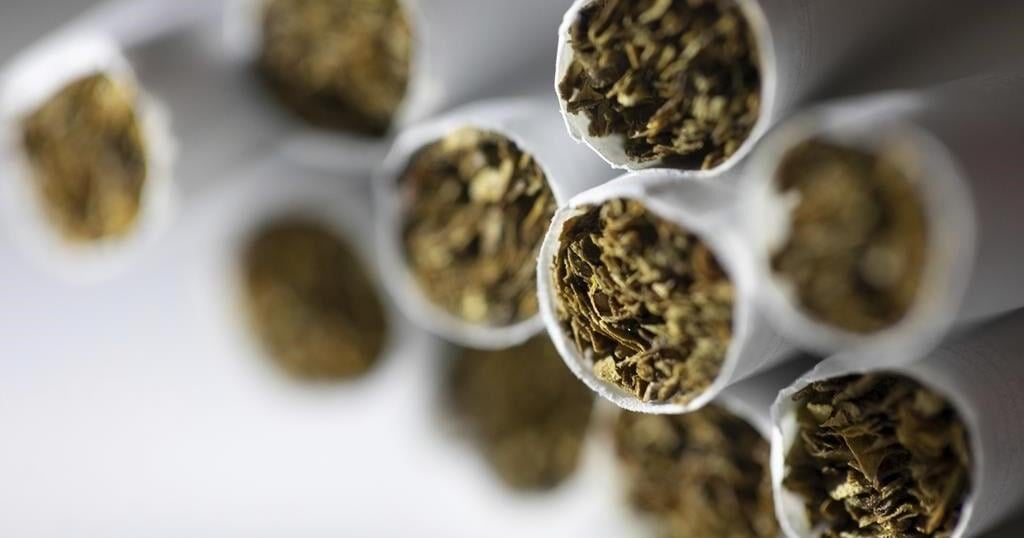In an era of increased strike activity and union power, labour experts say it’s not surprising to see more calls for government intervention in certain sectors like transportation.
What’s new, experts say, is the fact that the government isn’t jumping to enact back-to-work legislation.
Brock University labour professor Larry Savage says for decades, companies in federally regulated sectors, like airlines, railways and ports essentially relied on government intervention through back-to-work legislation to end or avoid work stoppages.
“While this helped to avert protracted strikes, it also undermined free and fair collective bargaining. It eroded trust between management and the union over the long term, and it created deep-seated resentment in the workplace,” he said.
Barry Eidlin calls it a “Canadian tradition.”
“Canadian governments, both federal and provincial, have been amongst the most trigger-happy governments … when it comes to back-to-work legislation,” said Eidlin, an associate professor of sociology at McGill University.
Savage said the use of back-to-work legislation peaked in the 1980s, but its decline was mainly to do with the fact strikes were becoming less common as unions’ bargaining power softened.
But since the right to strike was enshrined in the Canadian Charter of Rights and Freedom in 2015, Savage says the government appears more reluctant to use back-to-work legislation.
Eidlin agrees.
“The bar for infringing on the right to strike by adopting back-to-work legislation got a lot higher,” he said.
However, the experts say the federal government appears to have found a workaround.
In August, Canadian National Railway Co. and Canadian Pacific Kansas City Ltd. locked out more than 9,000 workers — but federal labour minister Steve MacKinnon soon stepped in, asking the Canada Industrial Relations Board to order them to return and order binding arbitration, which it did.
The move by the government — using section 107 of the Canada Labour Code— is “highly controversial,” said Savage.
Section 107 of the code says the minister “may do such things as to the minister seem likely to maintain or secure industrial peace and to promote conditions favourable to the settlement of industrial disputes or differences and to those ends the minister may refer any question to the board or direct the board to do such things as the minister deems necessary.”
“The reason why it’s a concerning workaround is because there’s no Parliamentary debate. There’s no vote in the House of Commons,” Savage said.
Eidlin is concerned that the government’s use of section 107 could set a precedent similar to what decades of back-to-work legislation did: removing the employer’s incentive to reach a deal in bargaining.
“This has a corrosive effect on collective bargaining,” he said.
But Eidlin noted that the Teamsters union representing railworkers is challenging the government’s move.
The breadth of the government’s power under section 107 is “something that the courts are going to have to decide,” he said.
If the courts rule in the government’s favour, the status quo could essentially return to the way it was before 2015, said Eidlin.
The rail stoppage isn’t the first time in recent memory that the federal government used section 107 to intervene in a labour dispute.
When workers at B.C. ports went on strike last summer, then-federal labour minister Seamus O’Regan used the section to direct the board to determine whether a negotiated resolution was possible, and if not, to either impose a new agreement or impose final binding arbitration.
More recently, the government declined a request by Air Canada to intervene in its negotiations with its pilots before the two sides reached a deal at the bargaining table over the weekend.
The last few years have really been a litmus test for that 2015 change, Eidlin said, as workers are increasingly unwilling to settle for sub-par collective agreements and employers “still have that back-to-work reflex.”
With a recent uptick in strike activity, “of course, there will be more interest in government intervention in labour disputes as a result,” said Savage.
This report by The Canadian Press was first published Sept. 16, 2024.
Companies in this story: (TSX:AC, TSX:CNR, TSX:CP)

























